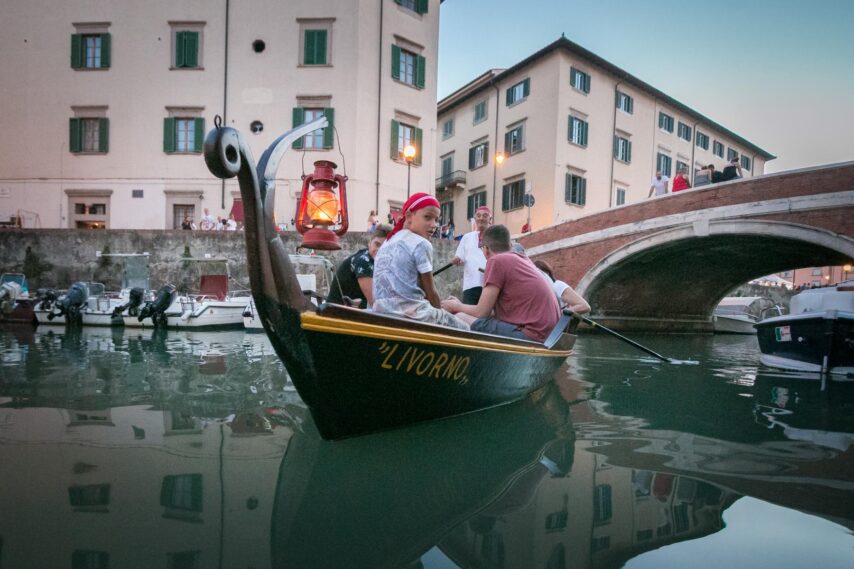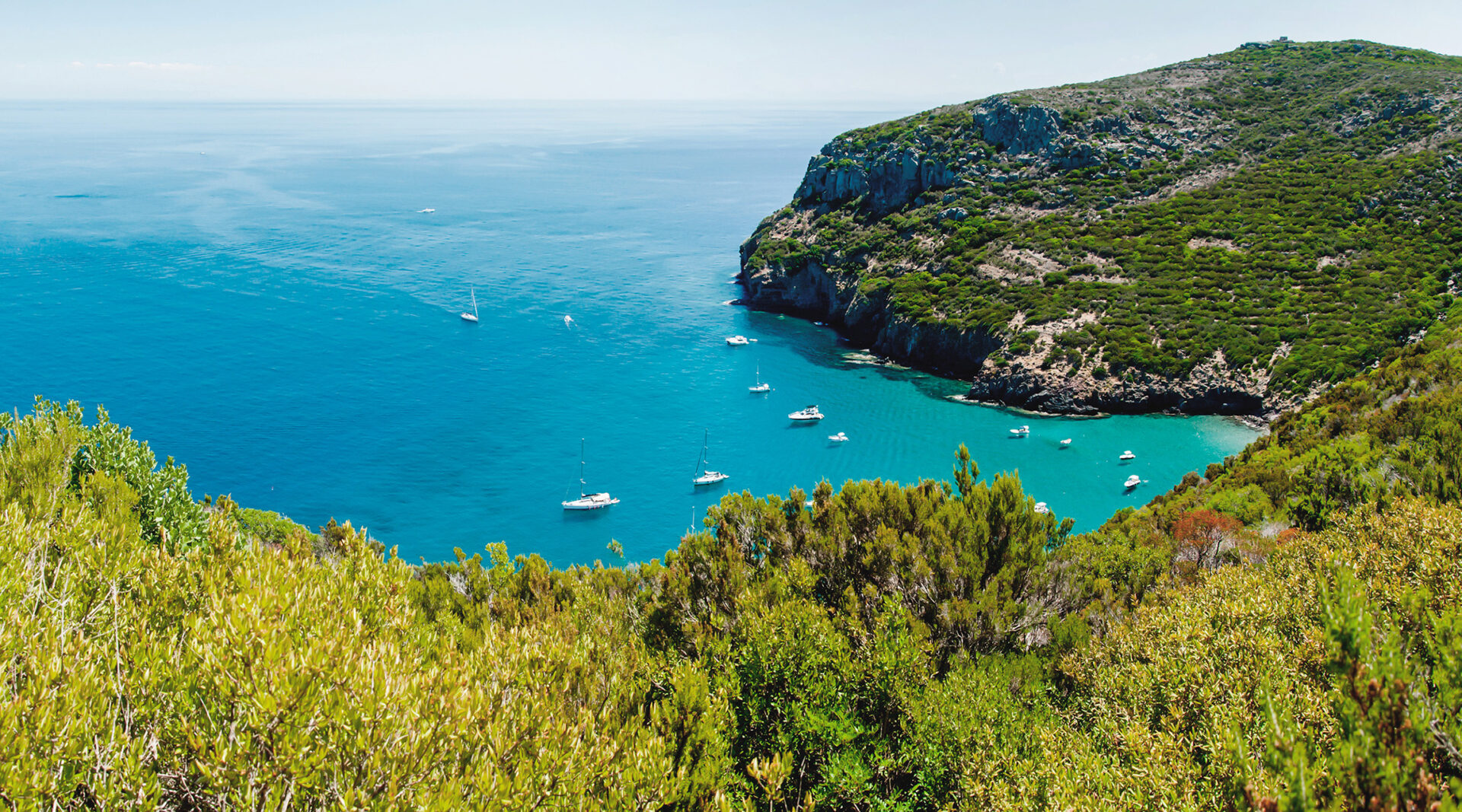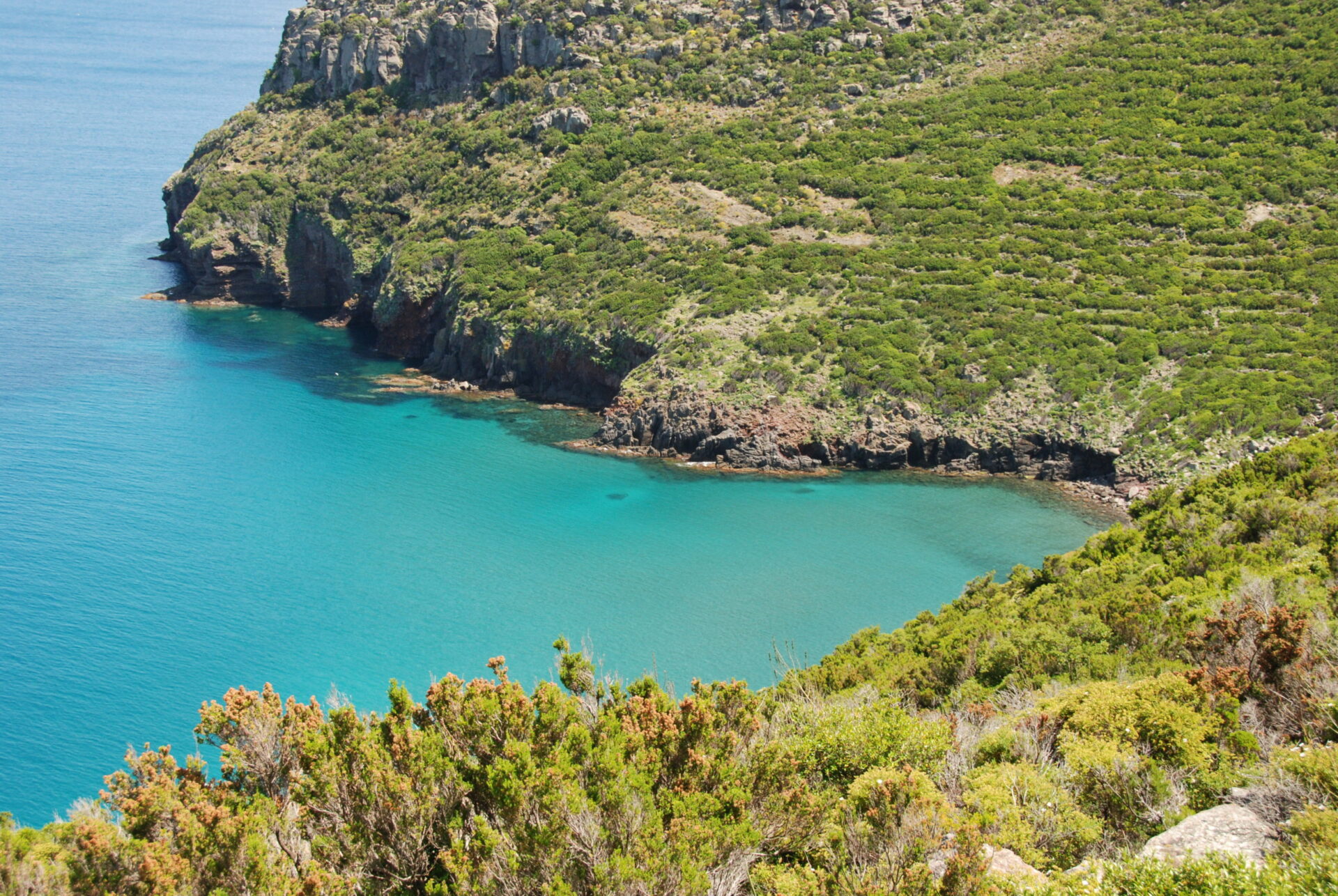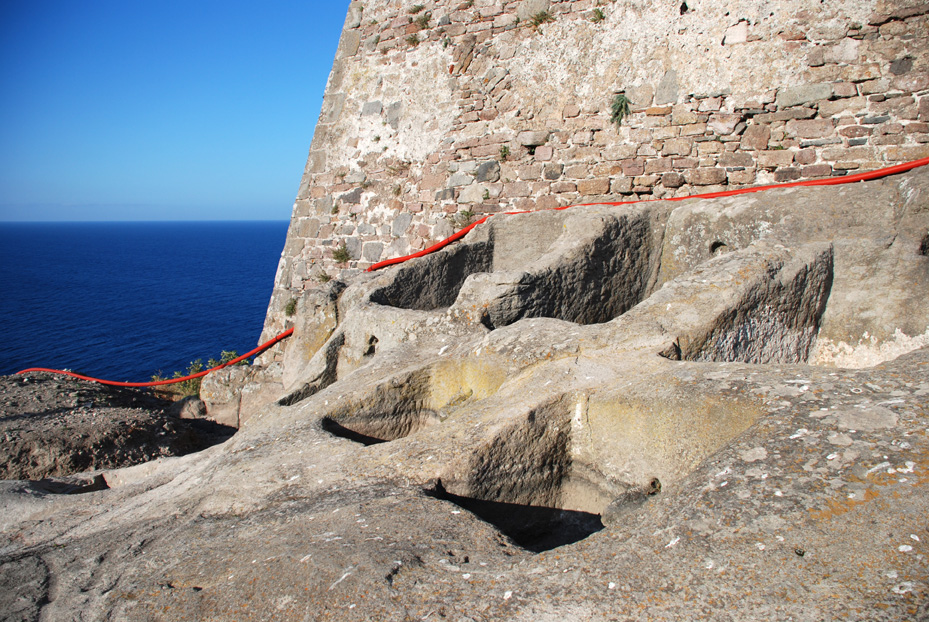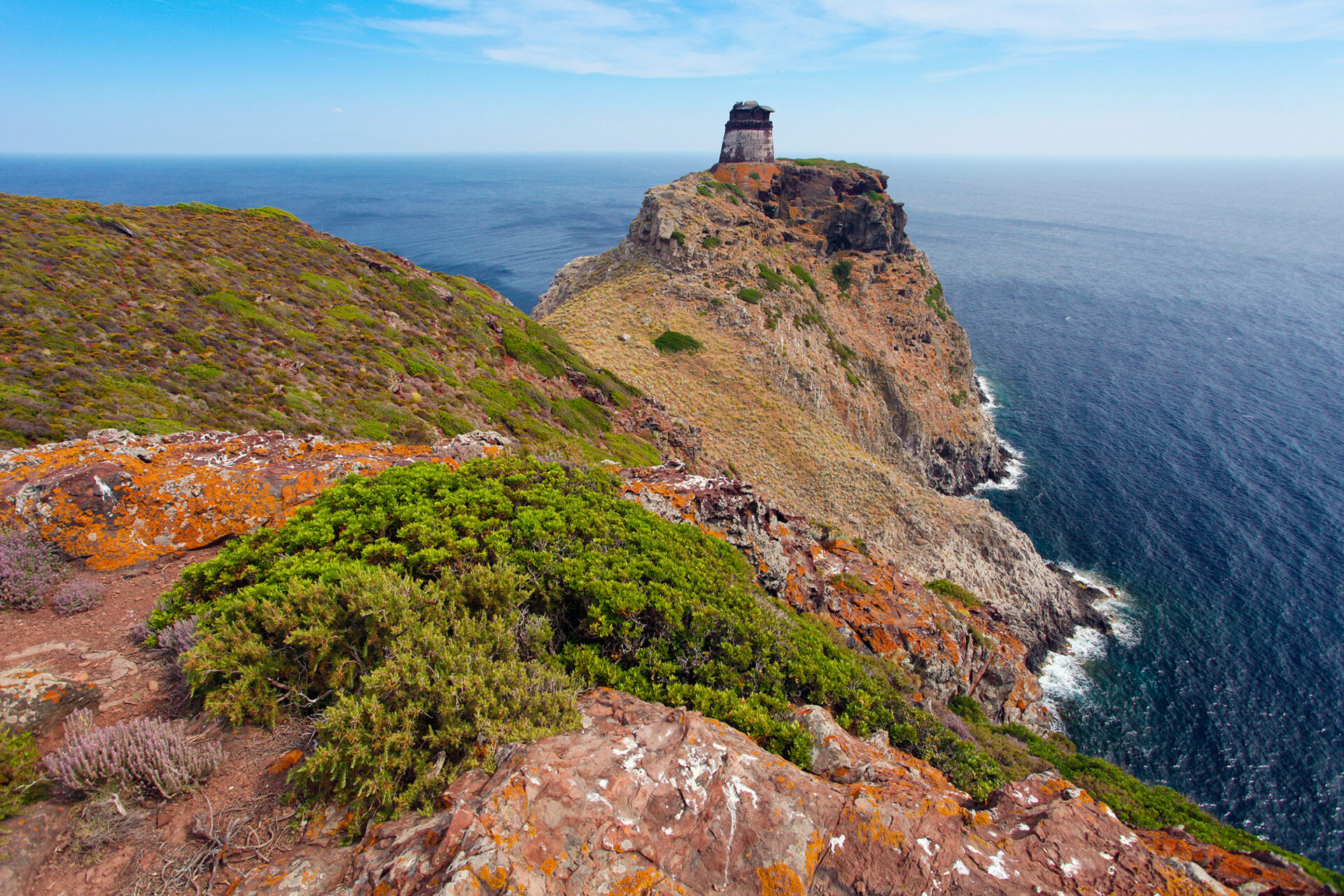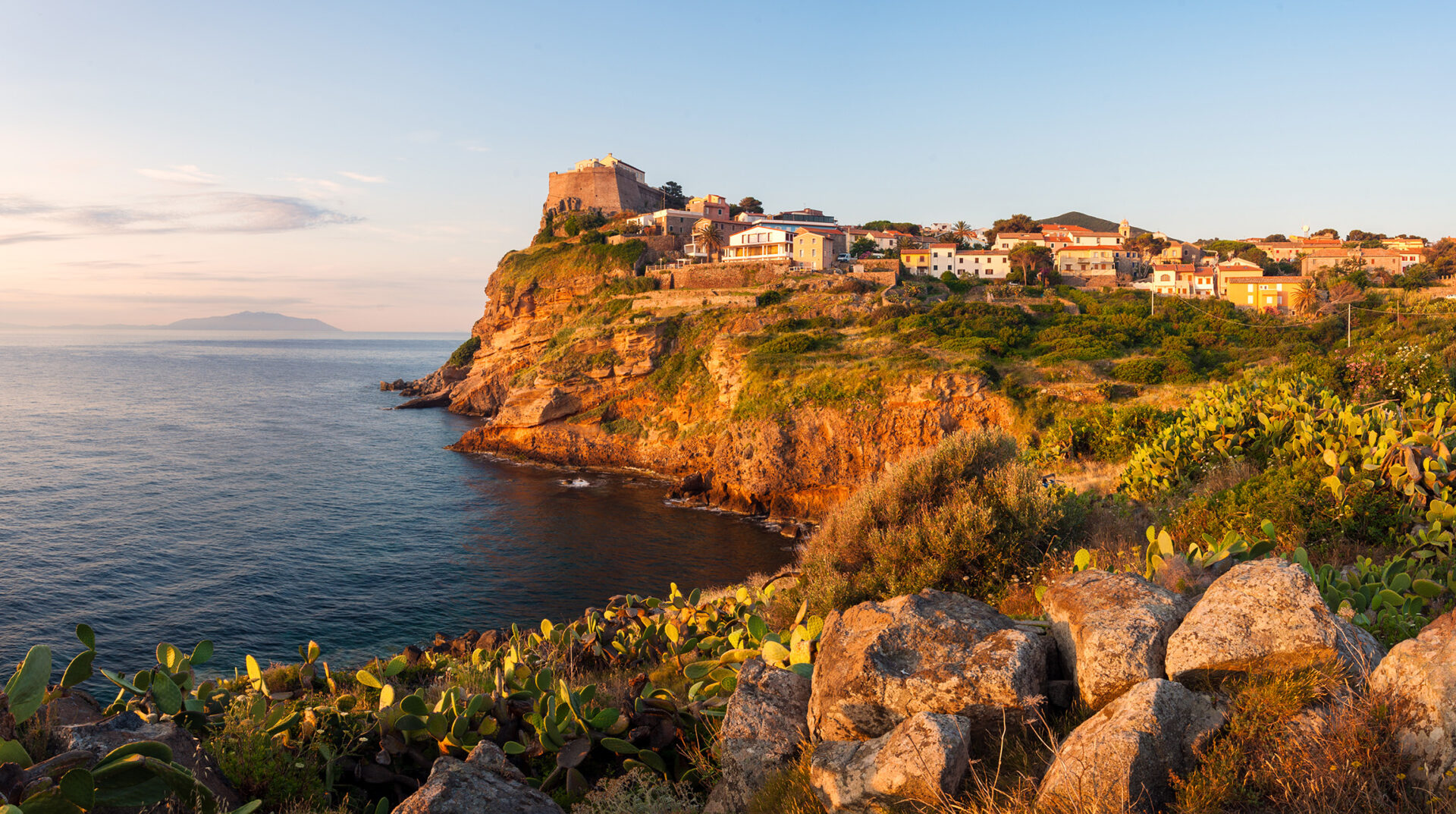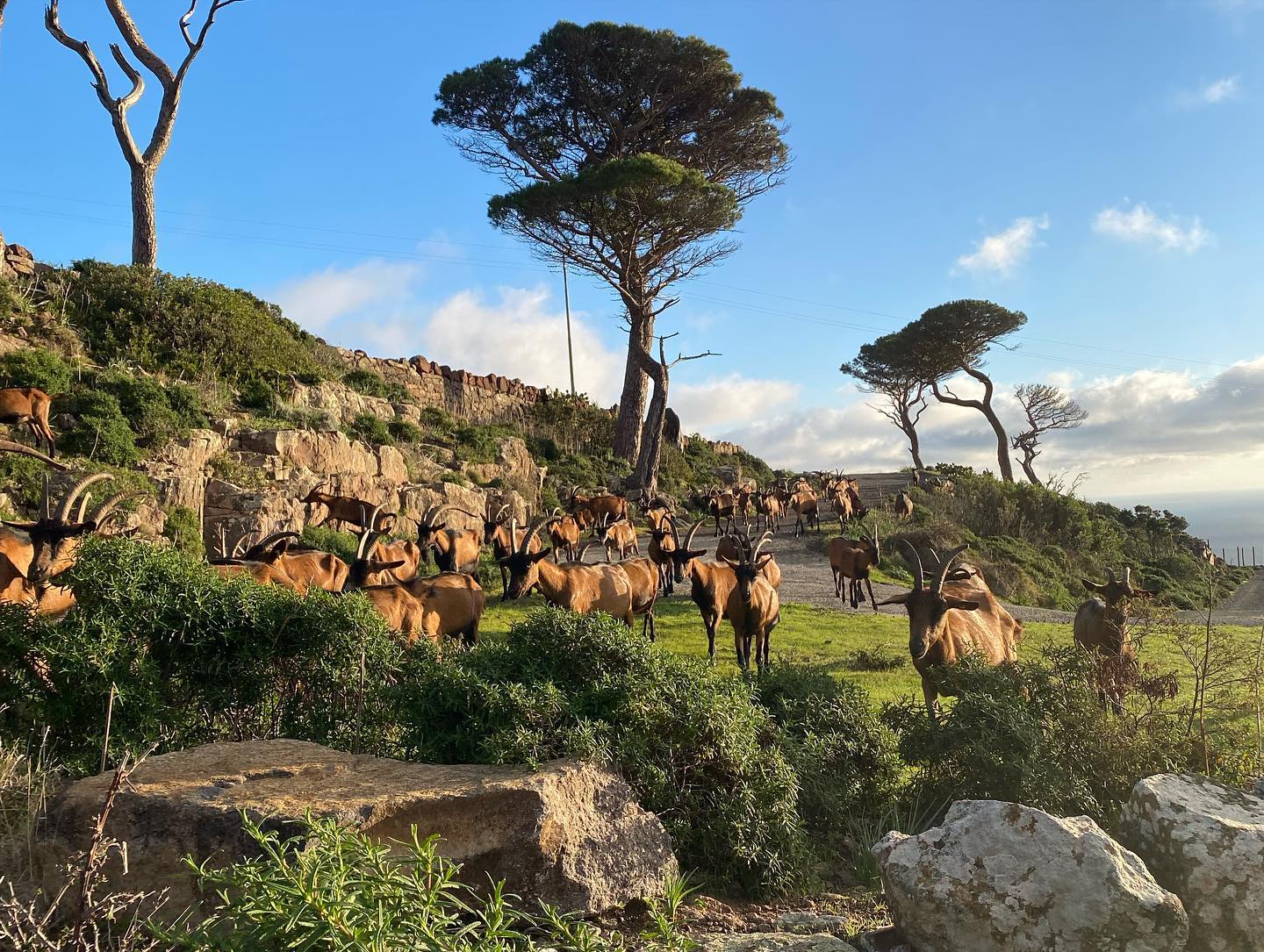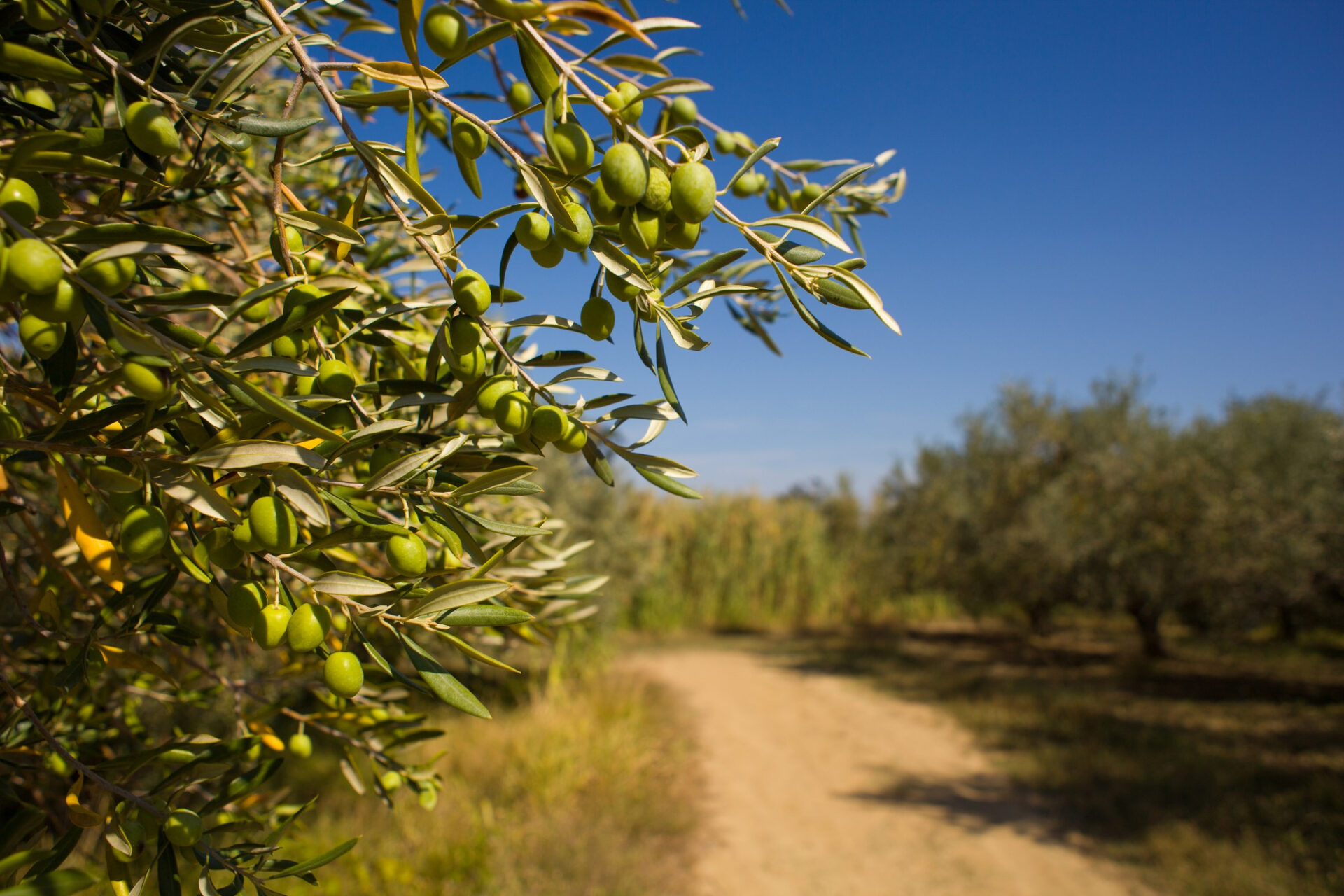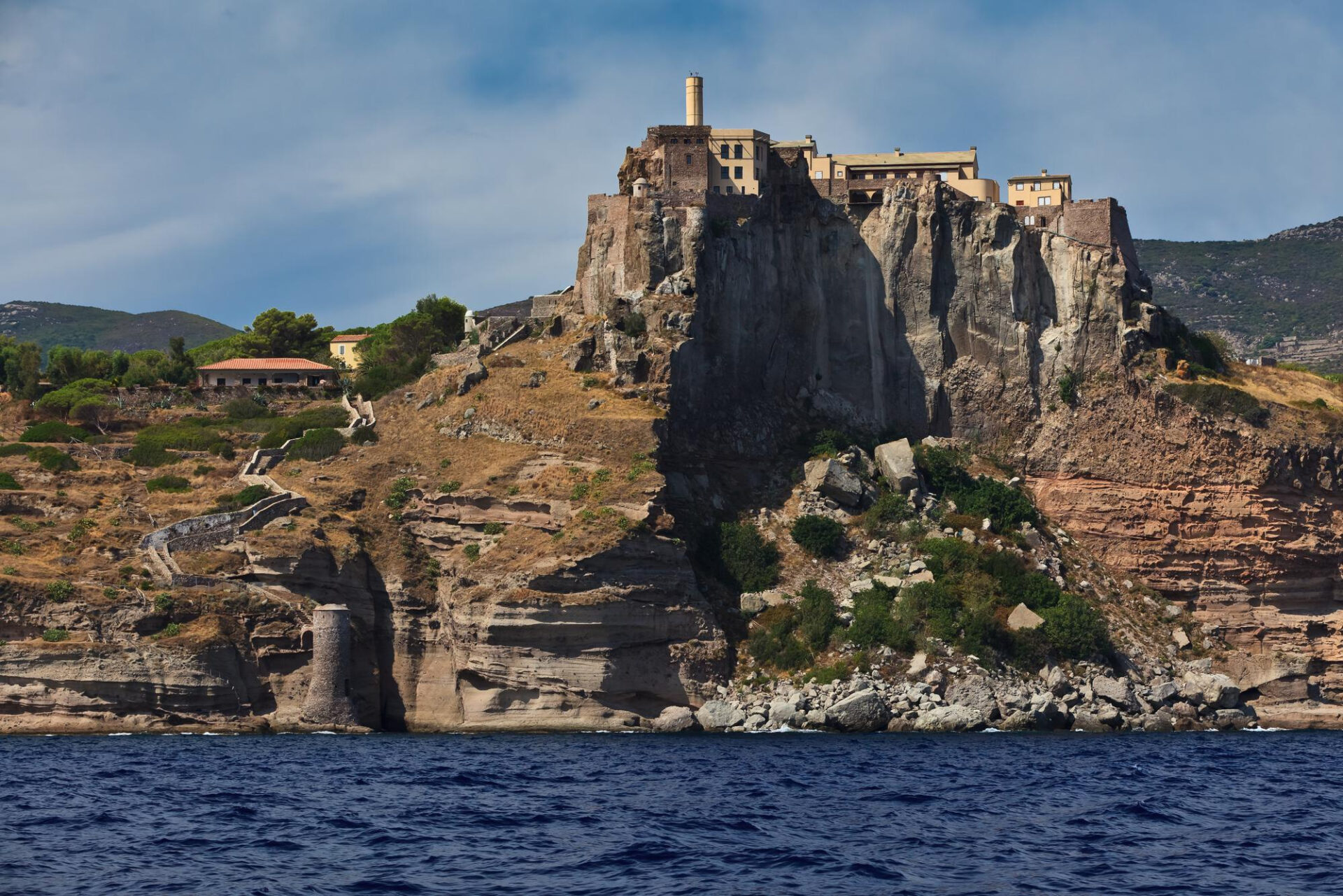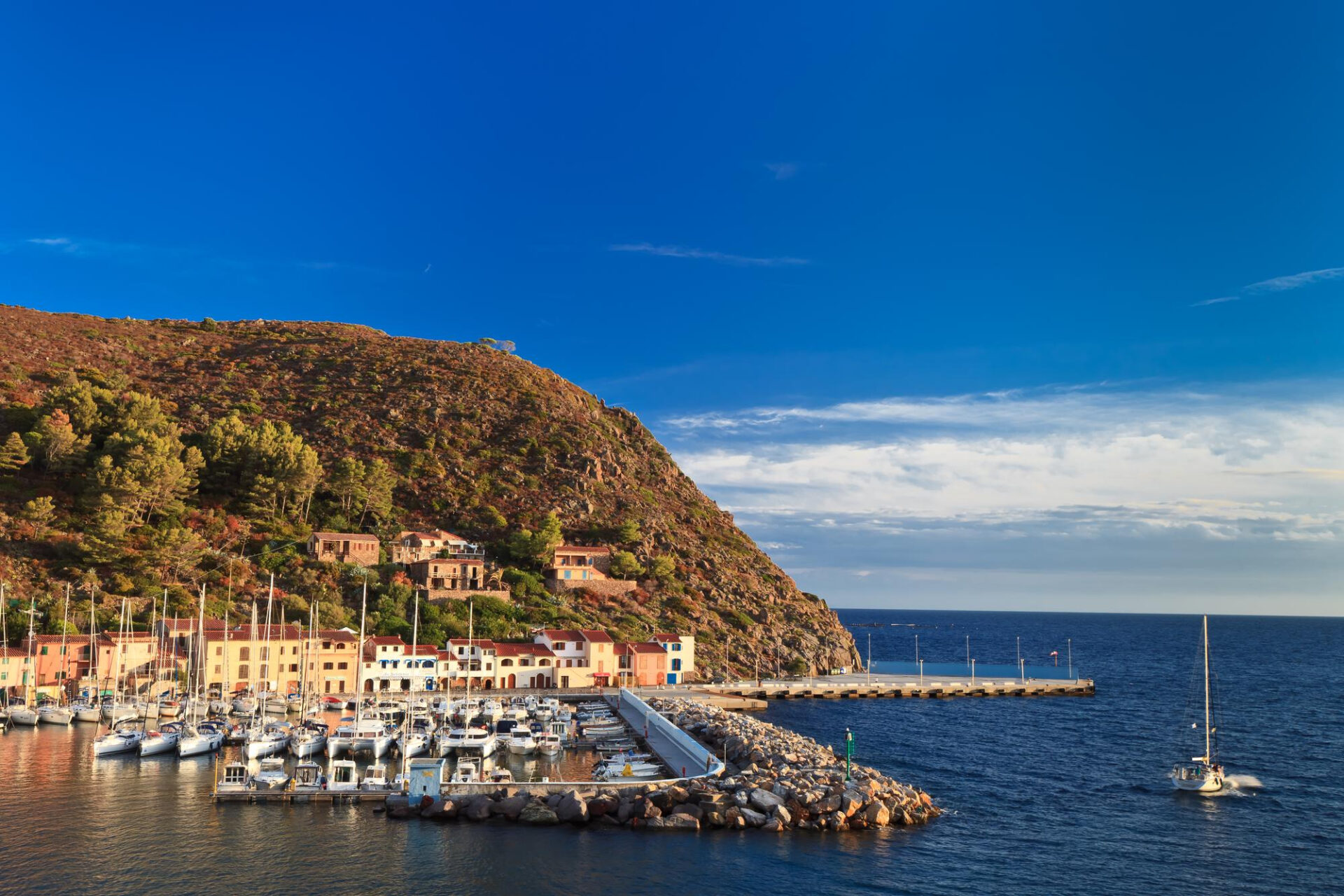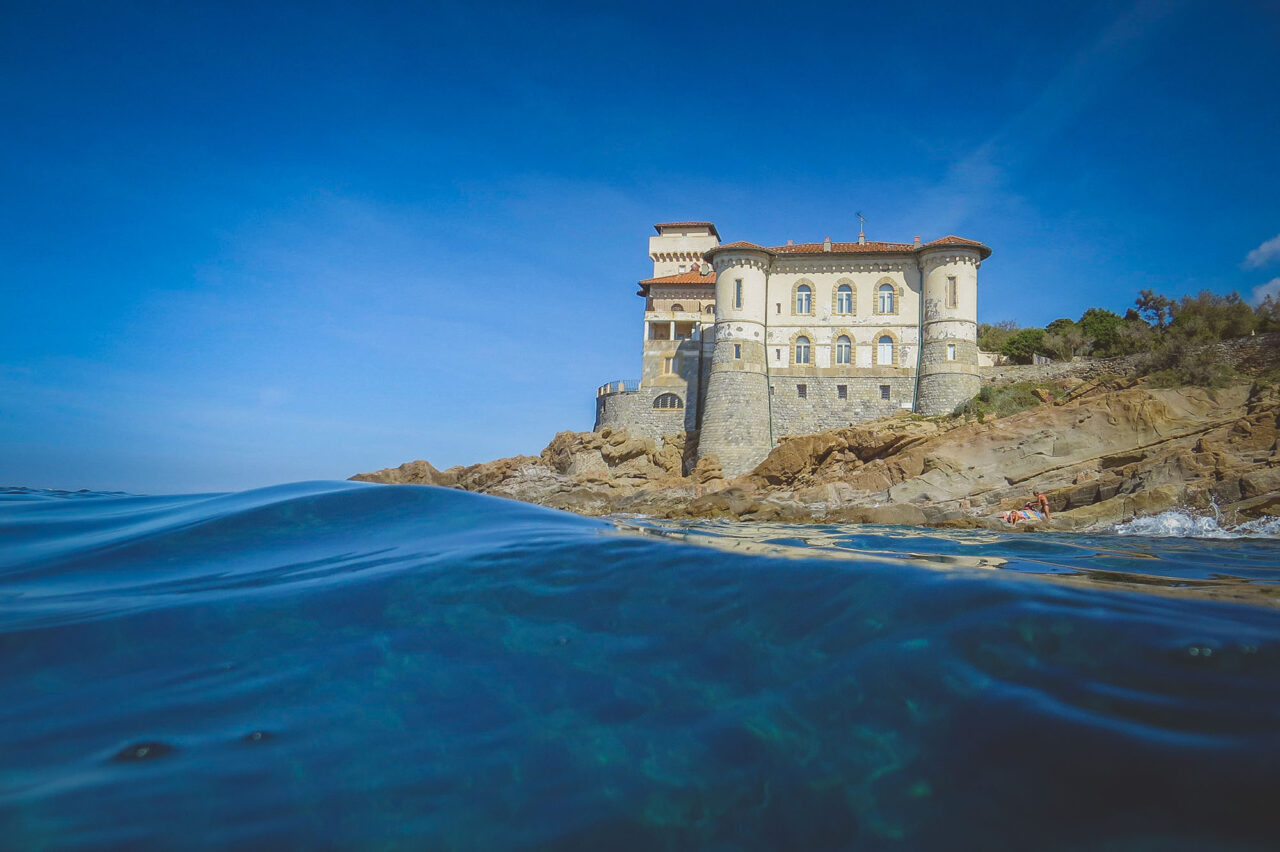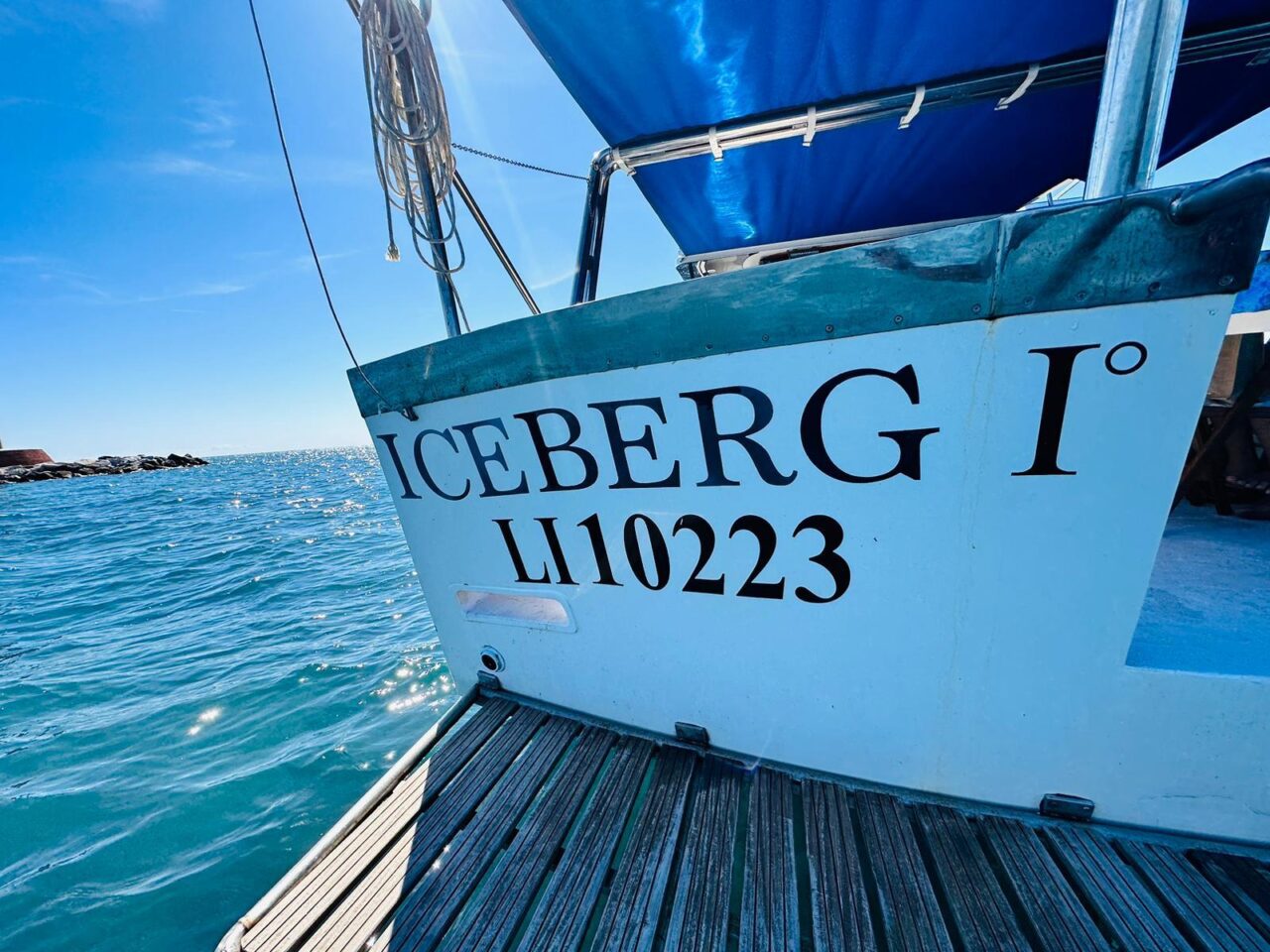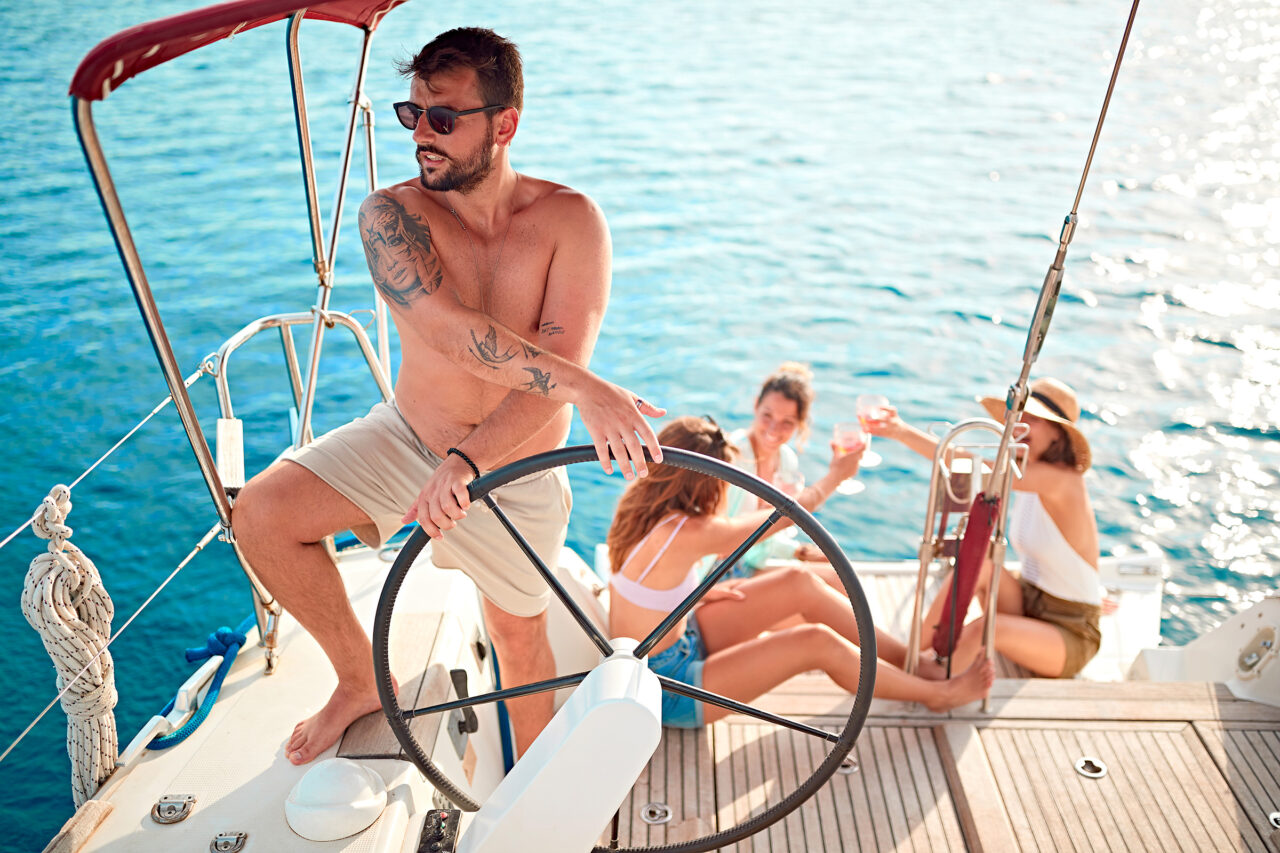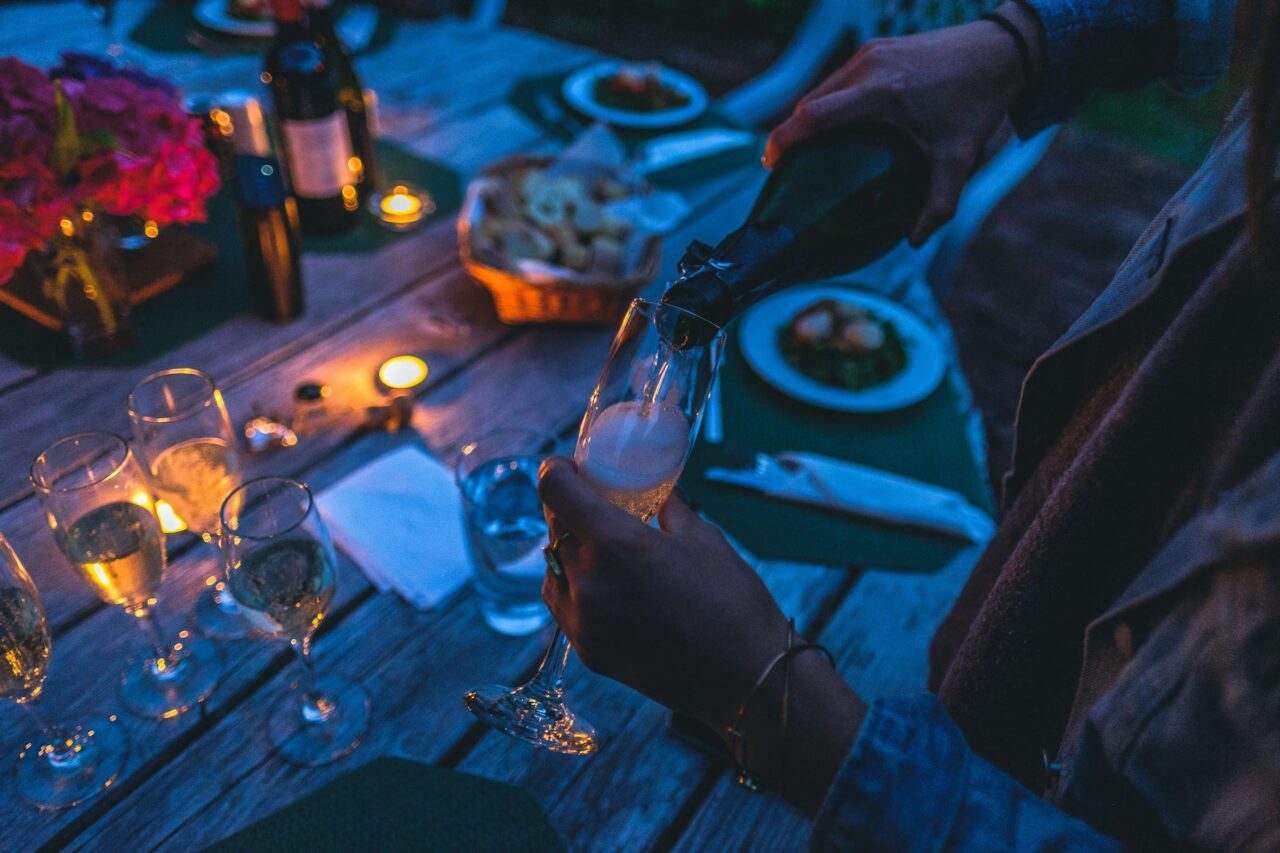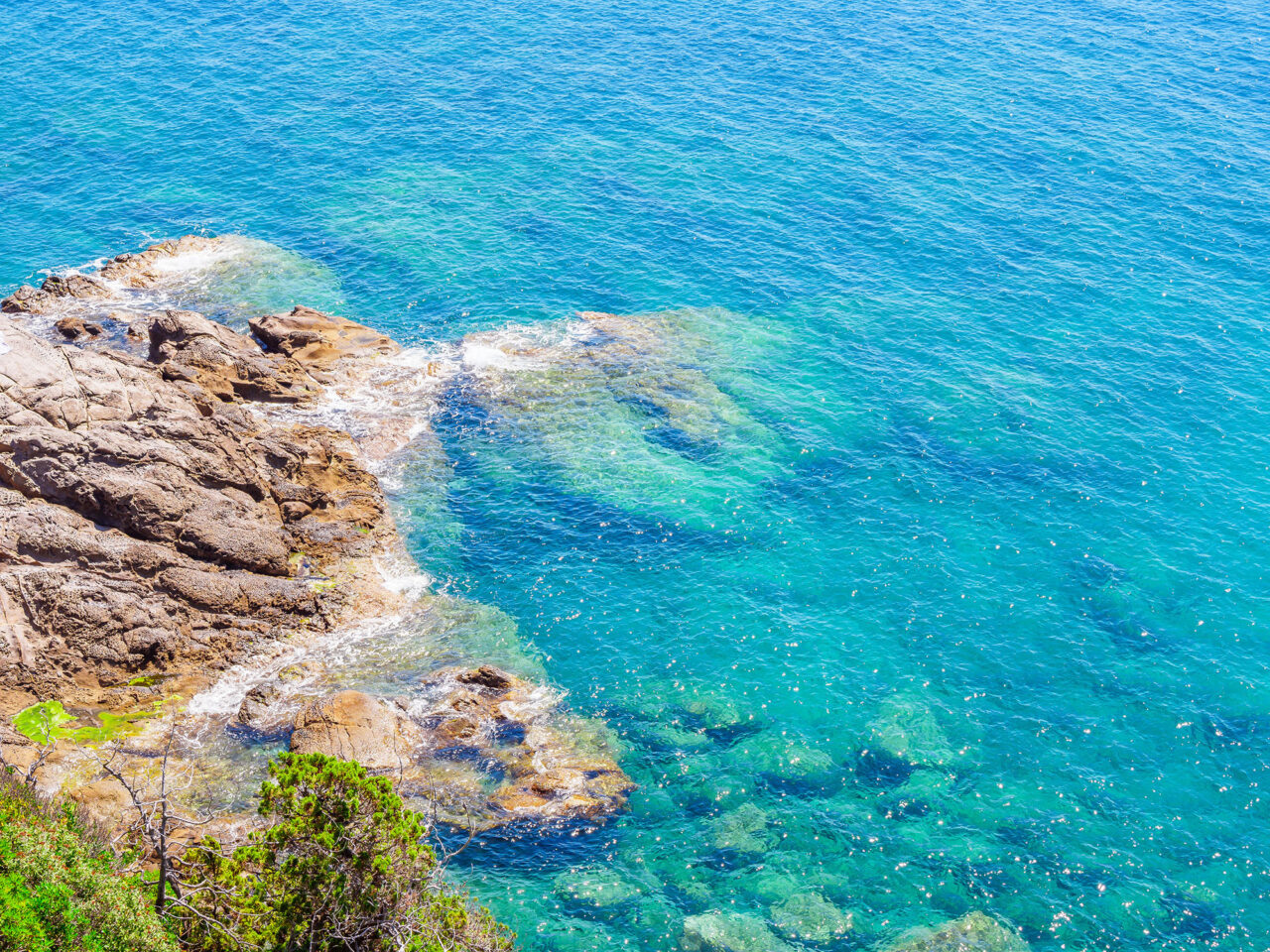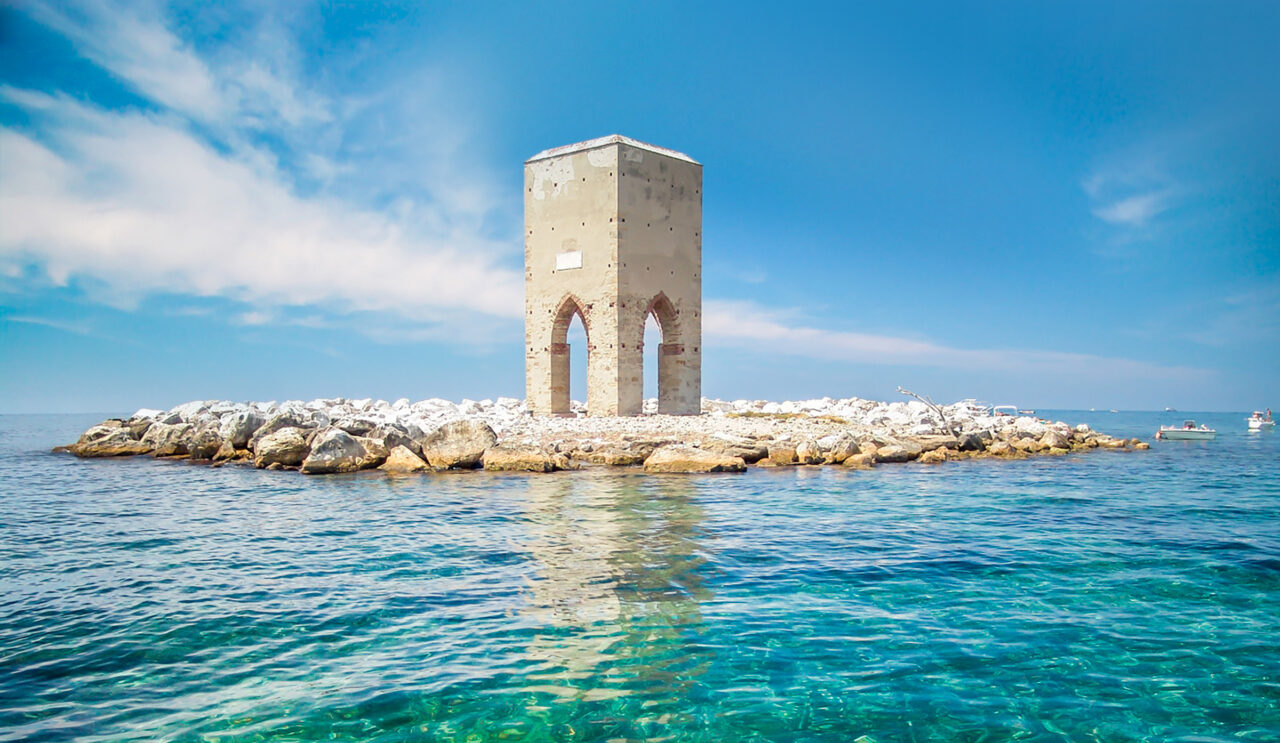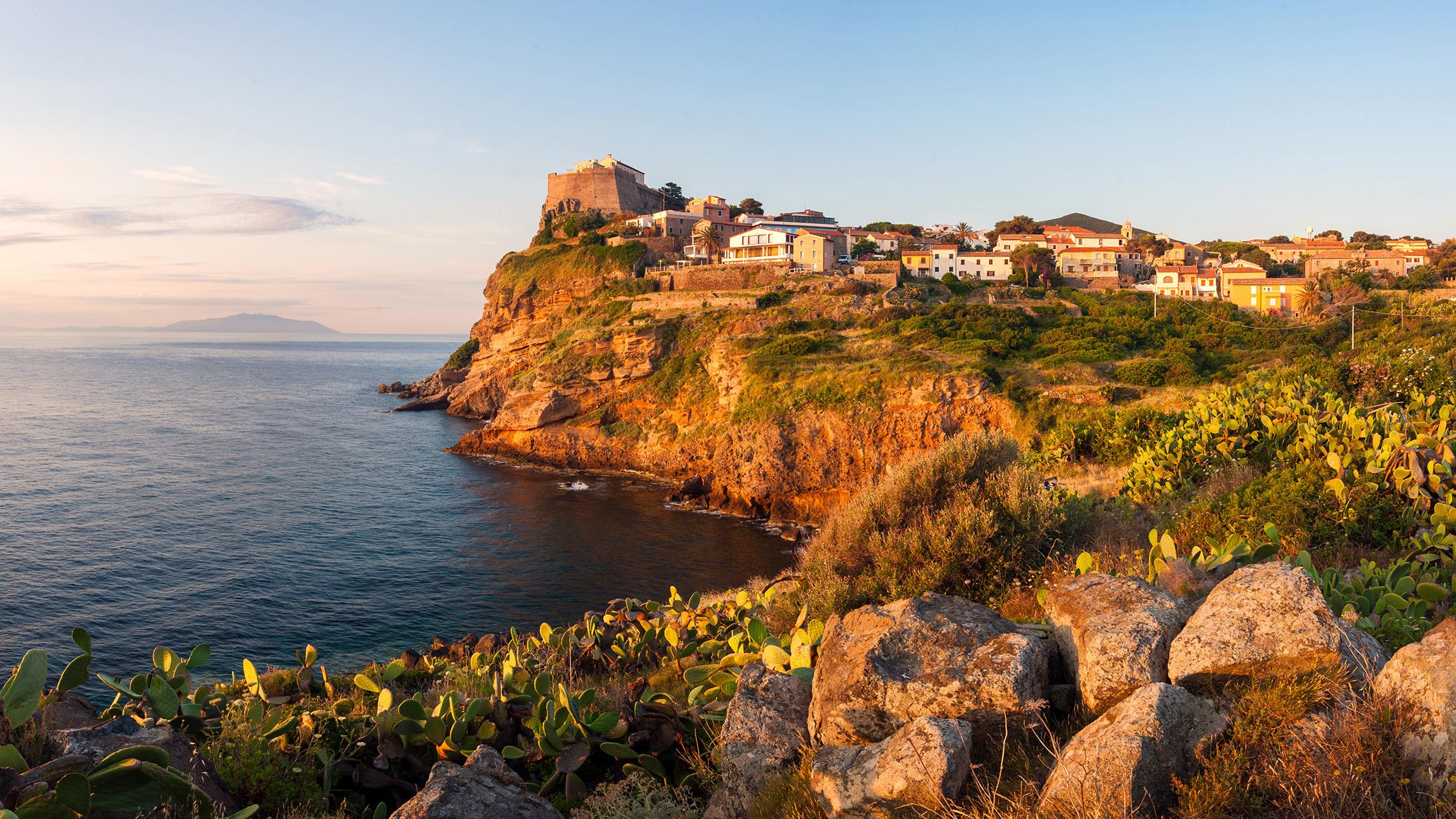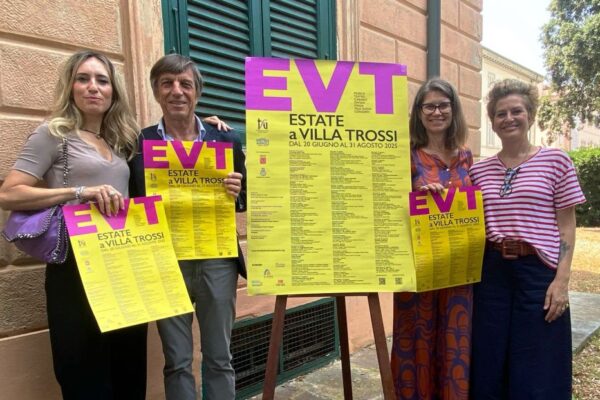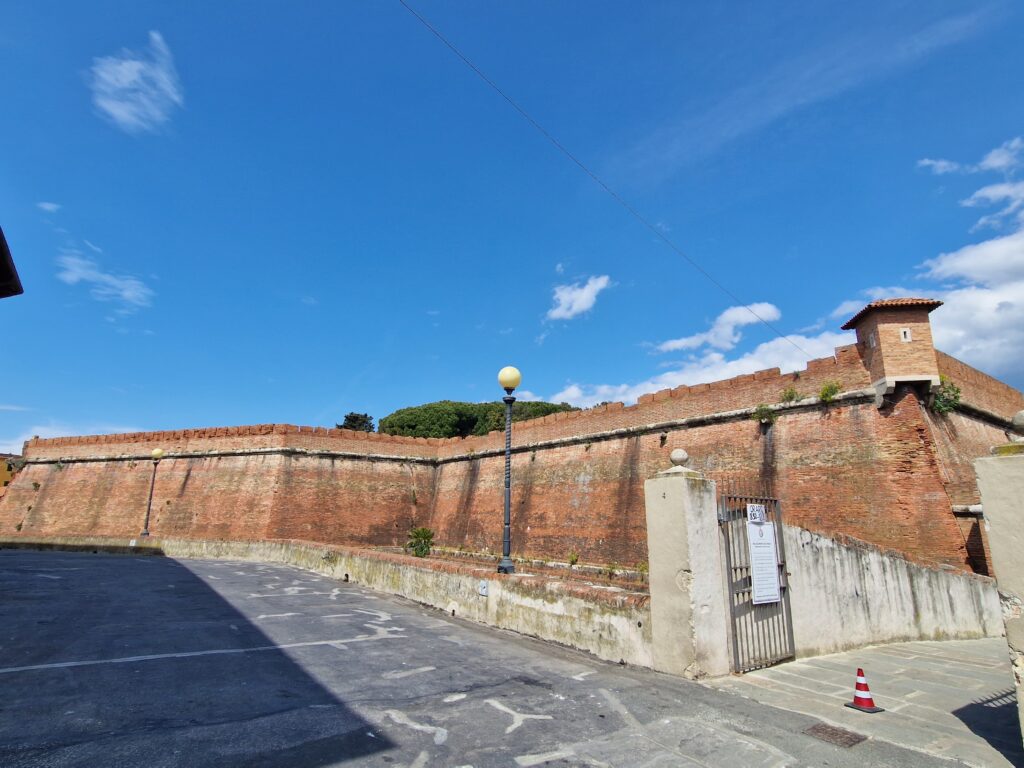Discovering an untouched island
If you love alternative destinations, Capraia is your ideal destination. It is still a little-known and visited island, immersed in the greenery of the Mediterranean scrub and the blue of the Tyrrhenian Sea that will offer you emotions, peace, and relaxation throughout the seasons of the year. Located about 36 nautical miles from Livorno, where it can be reached in three hours by ferry, it is the only accessible island of the Livorno tourist area. Gorgona, in fact, is much closer to the coast but is still a prison island and can only be visited with authorized guides. Capraia is the third largest island in the Tuscan Archipelago, a protected area, national park, and UNESCO site. It was a penal colony from 1873 to 1986 and is also the only volcanic island in the Archipelago. Along its rugged coasts, shaped by wind and sea, the lava stratifications are evident, especially near the spectacular Cala Rossa, where the rocks range from red to black against the emerald backdrop of the sea.
Cliffs, coves, and stunning seabeds
The seabeds of Capraia are a true marine paradise. If you are diving and snorkeling enthusiasts, you can immerse yourself in crystal-clear waters that descend into the deep blue, admiring in their habitat, among peaks and meadows of Posidonia, some of the noblest fish species in the Mediterranean, such as groupers, amberjacks, dentex, and gilt-head breams. The entire perimeter of the island, easily visitable by renting a boat or purchasing a boat excursion, is a succession of steep cliffs, hidden bays, secret coves, and mysterious caves where one of the rarest and elusive creatures of our sea still find shelter: the Mediterranean monk seal. An endangered species (with less than 700 surviving specimens in nature) that often chooses Capraia as one of the 20 Mediterranean locations it still frequents.

The Blue Mile of Capraia Island
What could be more beautiful than being able to swim in the open sea without worries? Capraia is one of the few islands where you can indulge in such an experience, thanks to the total conservation and protection of its coasts. The Blue Mile is indeed a corridor in which navigation, anchoring, and mooring are prohibited, reserved for swimtrekking, snorkeling, and in general, free swimming in the open sea. Created with twenty-two buoys (some of which are equipped with nighttime lighting), it extends along a round trip route that allows you to swim for a nautical mile in the emerald waters of Capraia safely.
A rich hinterland between nature and history
If you have never hiked on a small island, Capraia is truly your ideal destination. Among small mountain ridges and narrow valleys, its hinterland will offer you a harsh and wild landscape, easily visitable through a vast network of trails. These wind through vegetation, opening up to incredible views overlooking Corsica and the other islands of the Tuscan Archipelago. A profusion of Mediterranean shrubland and endemic species where a rich birdlife of migratory and resident species finds refuge, such as the tufted puffin, the shearwater, the rare Corsican seagull, the Corsican finch, the kestrel, the peregrine falcon and the imperial crow.
No less pleasant is the town of the island, with only 200 inhabitants, which is divided between a lively fishing village around the port and a small ancient village nestled in the shade of the fort of San Giorgio: an ancient Genoese castle from 1540 built after the destruction of a pre-existing Pisan fort from the 12th century by the infamous pirate Dragut.
But the traces left on the island by the incursions of Saracen and Turkish pirates are not the only ones you will find. Inhabited since the Bronze Age, frequented by the oldest Phoenician, Greek and Etruscan navigators, seat of Roman settlements, homeland of ancient hermits and Christian monks, the island of Capraia actually preserves numerous testimonies of its long and unique history that we invite you to discover.
The palmenti and ancient rural traditions of Capraia
Although not easily accessible, Capraia is still today an agricultural island that preserves its rural and peasant roots. You will be amazed to discover the ancient palmenti: basins carved into the rock, in which the grape clusters were pressed to obtain the local wine.
And on the recently recovered steep terraces, among helichrysum bushes and myrtle berries, there are many crops brought back to their ancient splendor that you can enjoy. From vineyards to a wide range of typical wines, from olive groves (which produce excellent extra virgin olive oil) to vegetables or more unique crops such as capers, pistachios, and saffron. Not to mention the breeding of goats, from which delicious goat cheeses are produced, and beekeeping, which produces one of the most appreciated wildflower honey.
Useful informations
-
Who:
Alone, Children and families, Groups, In pairs, With friends
-
When:
Autumn, Spring, Summer, Winter
-
What:
Connect with nature, Do activities, Relax
-
Other characteristics
Free, Outdoors, Reachable by public transport, Without reservation

The unexpected Tuscany
Discover all the peculiarities that make Livorno so unique and surprising.
Discover more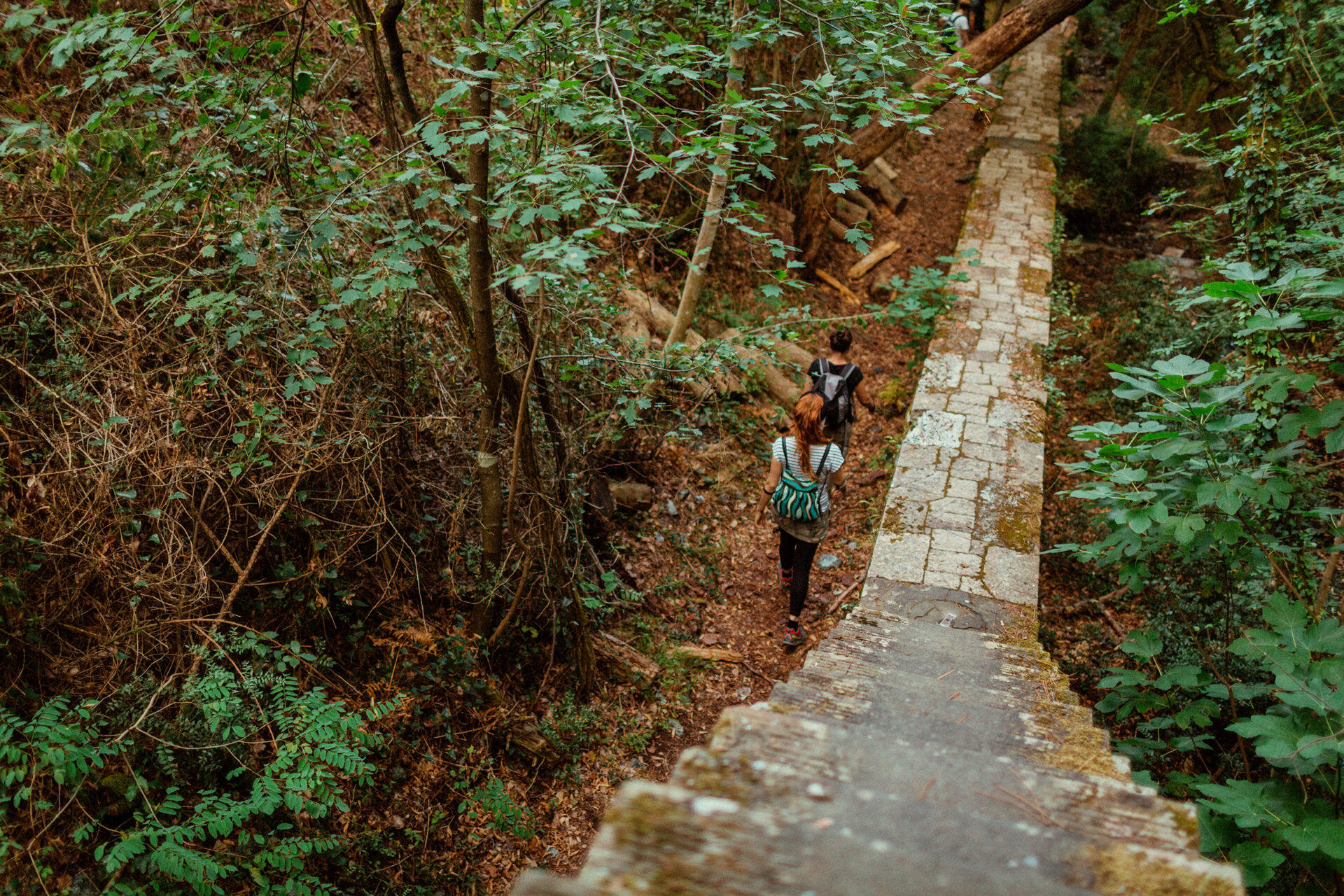
Subscribe to the newsletter
to stay updated
Don't miss any news about events in Livorno and surroundings.

